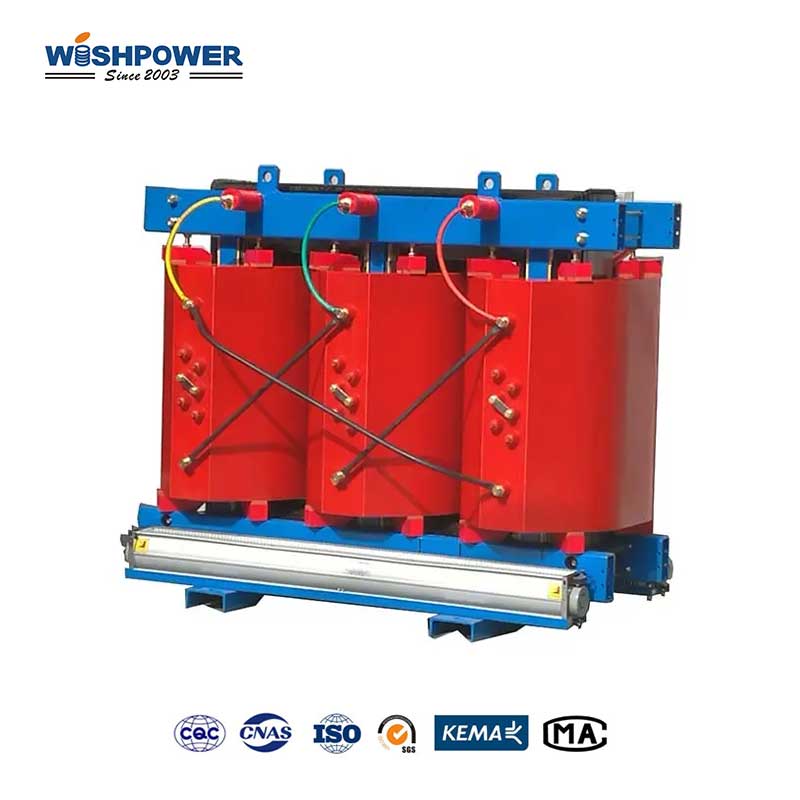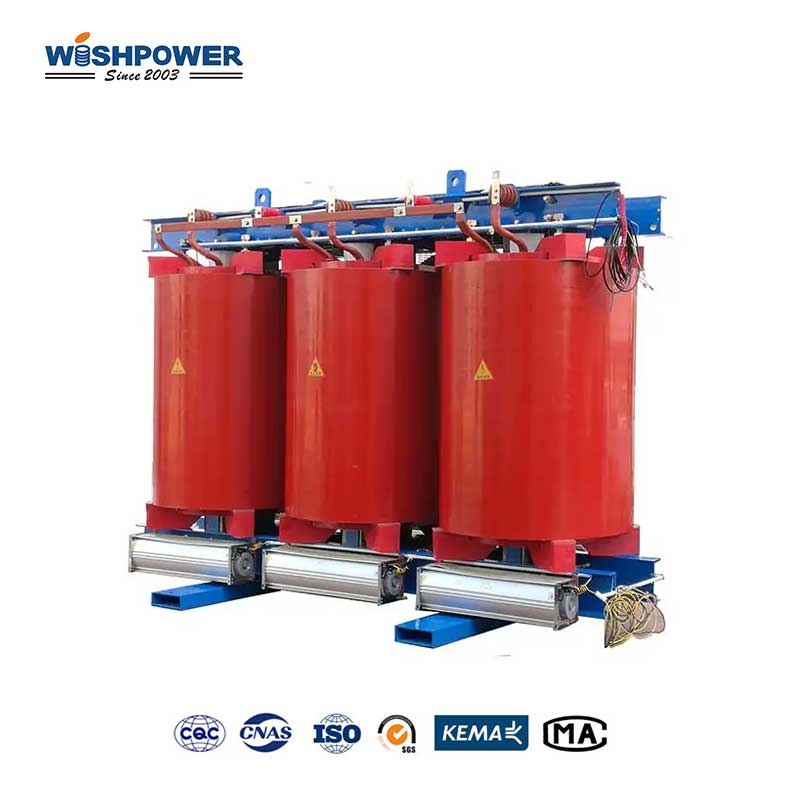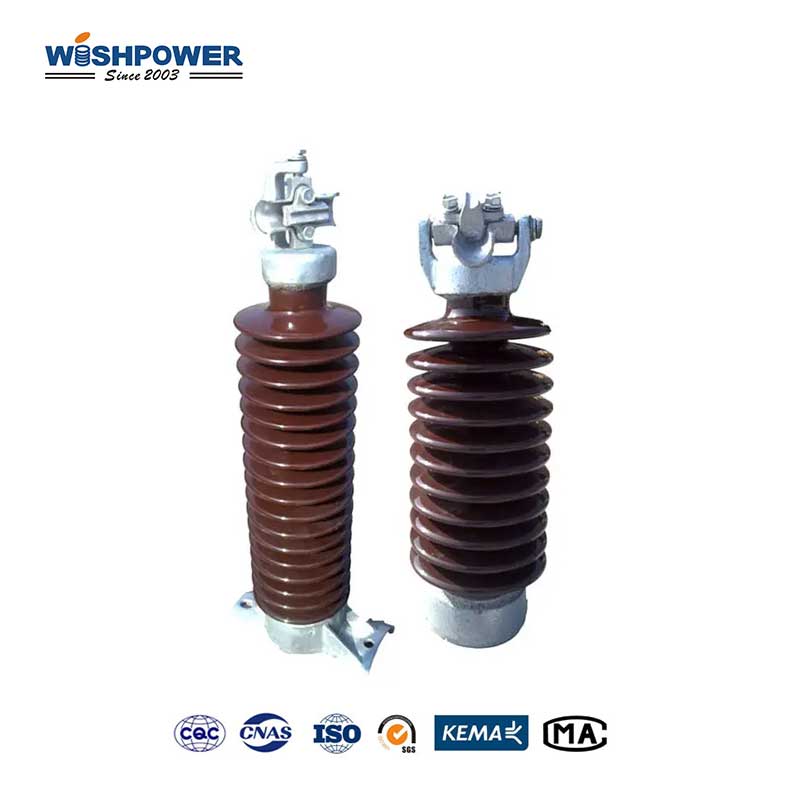Specification
| Rated Capacity(kVA) |
Voltage combination |
Connection symbol |
No-load Loss(kW) |
Load Loss(W) |
No-load Current(%) |
Short-circuit Impedance(%) |
| High Voltage/HV(kV) |
Tapping Range of HV |
Low Voltage/LV(kV) |
B(100℃) |
F(120℃) |
H(145℃) |
| 2000 |
35-38.5 |
±4*2.5 |
3.15/6/6.3/10/10.5/11 |
Dyn11/Yd11 |
5000 |
18900 |
20000 |
21400 |
0.9 |
7 |
| 2500 |
5800 |
22500 |
23800 |
25500 |
0.9 |
| 3150 |
7000 |
25300 |
26800 |
28700 |
0.8 |
| 4000 |
8200 |
30300 |
32100 |
34400 |
0.8 |
| 5000 |
9700 |
35800 |
38000 |
40600 |
0.7 |
8 |
| 6300 |
11500 |
41500 |
44000 |
47000 |
0.7 |
| 8000 |
13200 |
47200 |
50000 |
53500 |
0.6 |
9 |
| 10000 |
15100 |
56800 |
60200 |
64500 |
0.6 |
| 12500 |
18300 |
67000 |
70000 |
76000 |
0.5 |
| 16000 |
22500 |
77600 |
82400 |
88100 |
0.5 |
| 20000 |
26500 |
87500 |
92700 |
99200 |
0.4 |
10 |
The table above is just one of our product parameters. If you want more information, please get in touch with info@wishpower.net
What is 3 Phase Dry Type Transformer?
The 3-phase dry-type transformer is a type of electrical transformer most suitable for power distribution in a three-phase circuit without the need for an oil bath or other liquid cooling means. This particular transformer can regulate heat with assistance from circulating air rather than oil meaning that there are no risks of fire outbreaks or pollutive material leaks. Because it is air-cooled and dry, it is often employed in conditions where fire protection, narrow space, and low maintenance requirements are important, including business structures, industrial production facilities, and city substations. It enables the transformer to manage the three phases of voltage in three different electrical currents equally hence enabling us to manage the load and the energy transfer in conditions that relate to AC. Its windings are insulated with high-temperature substances and relatively embracing shielding against such elements as humidity, dust, chemicals, and other elements. It is an operational transformer that is famous for its durability it possesses the durability to handle complex stream usage services.
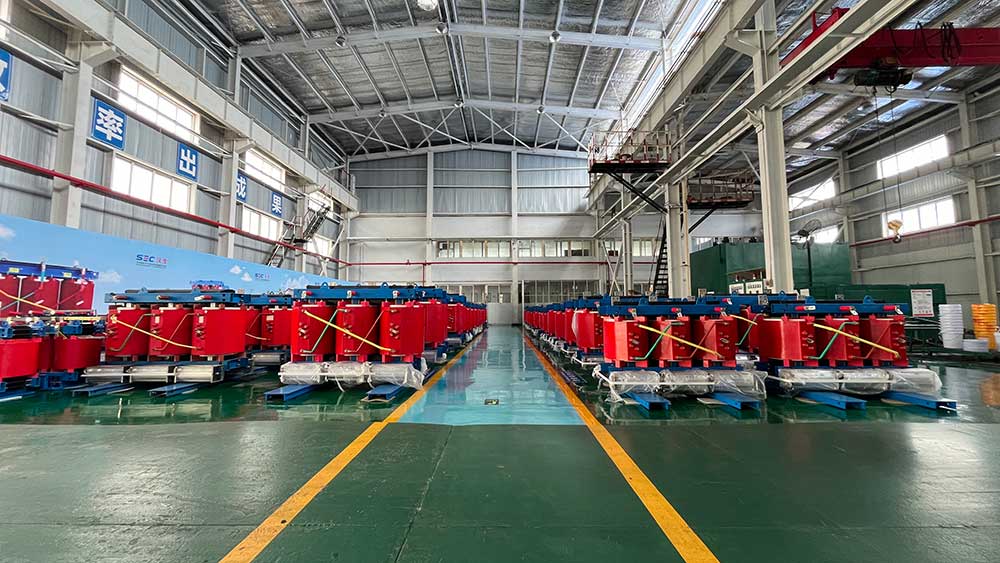
Working principle
The operation of the dry pack transformer is rooted in this infrastructure with assistance from electromagnetic induction to transfer electrical energy across windings. They include; a primary and a secondary winding through which the windings are located in a laminated iron core. As the current through the primary winding changes from AC, it tends to produce a magnetic field which also varies in proportion to that current. The AC forces produce an alternating magnetic field that in turn gives rise to voltage through electromagnetic induction. In a 3-phase system, the windings are distributed in a manner that they compensate with each other hence keeping track of equal power supplied to the three phases. The three-phase input means has the effect of producing a continually rotating magnetic field inside the transformer core, thus continually inducing voltage in the secondary windings. This phase balance system enables the power to be transmitted in all three phases without loss and with high efficiency.
Benefits
- Safety:
Unlike the more commonly used oil systems which contain flammable oils for cooling, the dry distribution transformer is low-risk and can be used indoors or in cases of limited space.
- Low Maintenance:
Because there is no oil or liquid insulation needed, the long-term operational costs for this equipment are lower than for other types of equipment.
- Environmental Friendliness:
They are environmentally safe since they do not expose them to risks of leakage which may cause havoc to the environment and other tools.
- Durability:
The construction is also highly reliable with air-insulated systems and core winding protection, making it possible to handle moisture, dust, and chemicals.
- Compact Design:
Dry-type transformers are commonly smaller relative to liquid-cooled units, thus more easily installed in cramped areas.
- Noise Reduction:
They are often more silent, thus ideal for use in areas such as; hospitals, offices, and schools.
- Efficiency:
These transformers offered good voltage control and stable electric current with less energy wastage, particularly in a three-phase power supply system.
- Fire Resistance:
They are safe from fire and therefore can be used in industries and buildings with very high fire precautions standards where oil would pose a fire risk.
Installation process
- Site Preparation:
Select a proper area of the installation with the necessary level of air circulation to cool the premises. The site has also to be moisture-free; chemicals as well as other pollutants have also to be absent from the site. Make a good plane to support the weight of the transformer for construction purposes. Metal or concrete bases are mostly applied to guarantee that equipment will not be shifted and that the required alignment is preserved.
- Transformer Inspection:
Many cores may be damaged during shipment, so it is important to examine the transformer core before installation. The exterior portions of the circuit should also be inspected along with the wiring and all connections should be whole and free from any debris.
- Transformer Positioning:
Hi-crane equipped with a grab or cantilever jack should be used to correctly position the transformer over the prepared foundation. Make sure it is well positioned with adequate space all around say for ventilation or easy access when carrying out maintenance.
- Grounding:
Safety and reduction of electrical fouls require the grounding of the equipment to be done correctly. Bond the transformer to the ground provided by the local and to the manufacturer’s recommendations to dissolve stray voltages and thus safeguard equipment against possible damage.
- Electrical Connections:
Primary and Secondary Connections: Couplage des bobinages haute tension (primaires) et basse tension (secondaires) avec lalimentation et d distribution. Check the proper connection type of delta or star since they demanded depending on the design and power system.
Phase Matching: Be sure the phases are in the correct order so that they follow one another because phase mismatching can cause an imbalance of load or destruction of equipment.
Tighten Bolts and Connections: Tighten all the electrical connections locked and make sure that there is no loose wire or terminal, tendency that causes overheating or failure.
- Ventilation and Cooling:
There should always be proper space between the transformer and its environment through which air can circulate. If it is necessary to incorporate more fans for cooling or cooling air, then the location of the said cooling additions depends on the requirement of the transformer chamber.
- Testing and Commissioning:
Insulation resistance tests must be made, as well as connection checks, before energizing the dry core transformer. Check the state of grounding and test the transformer’s protections including circuit breakers or fuses.
Energizing: Usually, charge the transformer slowly and then check for unusual sound, vibration, or even a temperature rise. Check if the output voltage and current are as follows;
Final Check and Recording: After installing and testing basics, check once again to make sure there are no problems with the new application. A lot of people would like to know information on the installation such as wiring diagrams, and test results among other information.
Regular Maintenance: They should be observed daily or weekly and then serviced whenever one notices signs of wear, loose connections, or general environmental damage. Such yard checks are important to keep a particular piece of equipment reliable in the long run and performing as it should.
Certificate
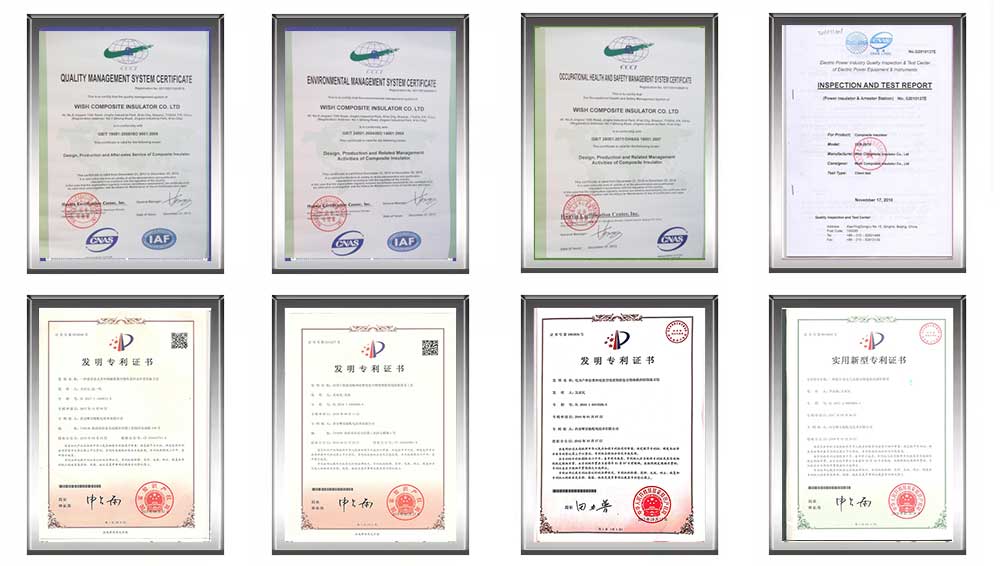
Factory
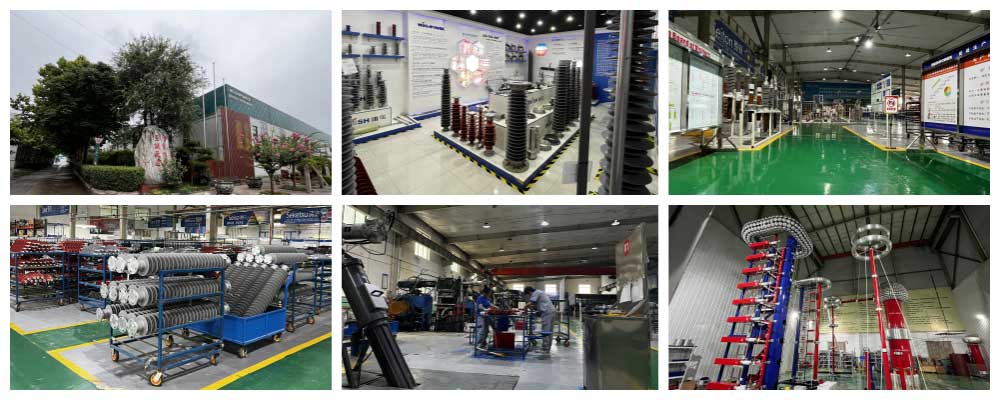
Hot Tags: 3 Phase Dry Type Transformer, Dry-type transformer, China, manufacturers, ISO factory, wholesale, KEMA, high quantity, best, price, low to high voltage














